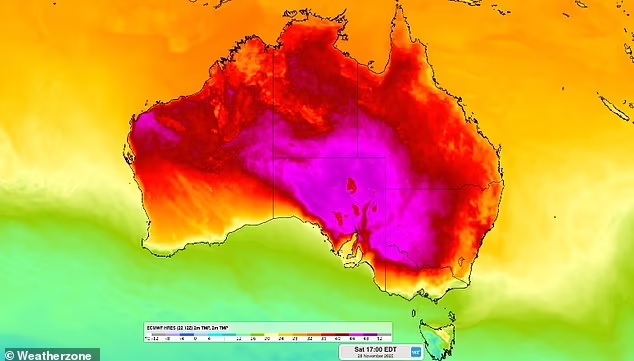El Niño is a climate phenomenon that occurs when the surface waters of the eastern Pacific Ocean become warmer than usual, affecting the atmospheric circulation and rainfall patterns around the world. El Niño events typically occur every three to seven years and last for several months. They are often associated with droughts, heatwaves, bushfires and reduced crop yields in Australia, especially in the eastern and southern regions.
According to the Australia’s Bureau of Meteorology (BOM), there is a high chance that an El Niño event will develop in 2023, following the end of a three-year La Niña period that brought above-average rainfall and floods to parts of eastern and northern Australia. La Niña is the opposite phase of El Niño, characterized by cooler than normal ocean temperatures in the eastern Pacific and enhanced rainfall over Australia.
The BOM has issued an El Niño Watch, meaning that there is a 50% or more likelihood of El Niño occurring in the next six months. The BOM monitors several indicators of El Niño, such as sea surface temperatures, trade winds, cloudiness and atmospheric pressure. All international models agree that an El Niño event will occur by August 2023, with some even projecting conditions for an “extreme” El Niño that could severely disrupt global weather patterns¹².
The impacts of El Niño on Australia depend on its strength, timing and location, as well as other factors such as the Indian Ocean Dipole (IOD), another climate driver that influences rainfall over Australia. The IOD refers to the difference in sea surface temperatures between the western and eastern Indian Ocean. A positive IOD means warmer waters in the west and cooler waters in the east, which tends to reduce rainfall over southern and central Australia. A negative IOD means the opposite, which tends to increase rainfall over these regions.
The BOM expects a neutral IOD for most of 2023, meaning that it will not have a significant influence on Australia’s weather. However, this also means that there will be less buffering from the dry effects of El Niño²³.
The last time Australia experienced an El Niño was in 2015-2016, which was one of the strongest on record. It contributed to record-breaking temperatures, low rainfall, severe water shortages and widespread bushfires across the country. The most recent extreme El Niño occurred in 1997-1998, which caused devastating floods, droughts and storms around the world⁴.
The BOM advises Australians to stay informed and prepared for the potential impacts of El Niño in 2023. The BOM provides regular updates on its website and social media channels, as well as seasonal outlooks and climate summaries. The BOM also works with other agencies and stakeholders to provide guidance and support for various sectors and communities affected by El Niño.
TYT Newsroom



